Understanding Tarantula Spider Lifespan
The tarantula spider lifespan is a fascinating aspect of keeping these creatures as pets. Unlike many other arachnids, tarantulas can live for a surprisingly long time, making them a commitment for any aspiring owner. Understanding the factors that influence their longevity is crucial for providing them with the best possible care and ensuring they live a healthy and fulfilling life. This comprehensive guide will delve into the various aspects affecting tarantula lifespan, from species-specific differences to environmental factors and proper husbandry techniques.
Factors Influencing Tarantula Spider Lifespan
Several factors play a significant role in determining how long a tarantula will live. These include genetics, environmental conditions, diet, and overall care. Each element contributes to the tarantula’s well-being, impacting its lifespan. The following sections will break down each of these factors, providing a detailed understanding of their impact.
Species Differences in Tarantula Lifespan
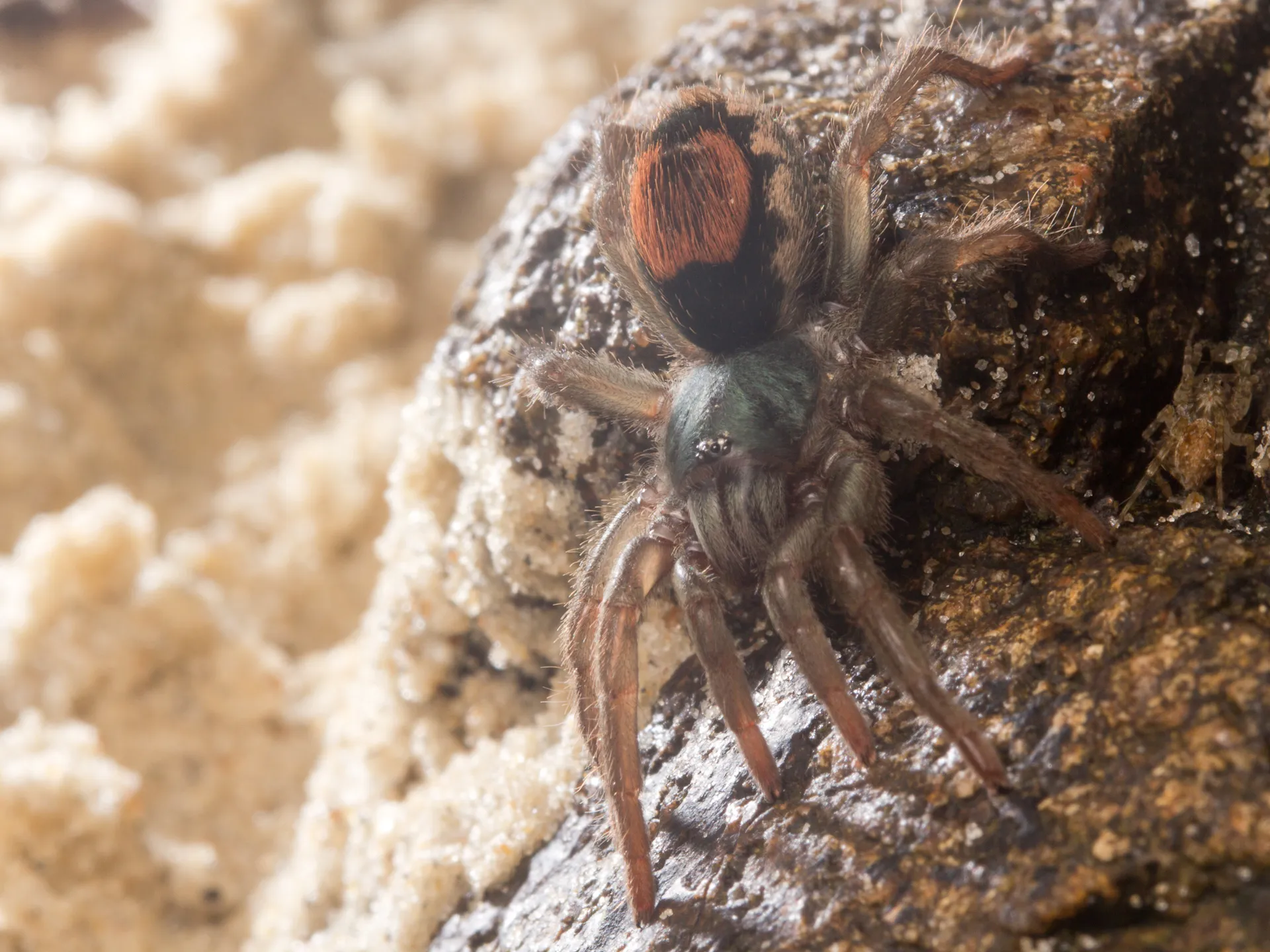
Different tarantula species exhibit vastly different lifespans. Some species are known for their relatively short lives, while others can live for decades. These variations are often linked to their natural habitats, genetic predispositions, and overall size. Understanding these differences is essential when choosing a tarantula as a pet.
New World Tarantulas
Generally, New World tarantulas, which originate from the Americas, tend to have a longer lifespan than their Old World counterparts. Female New World tarantulas can live for 20 years or more, with some species living even longer. Their slower metabolism and hardier nature contribute to their longevity. Popular examples include the Chilean Rose Hair and the Mexican Red Knee, known for their docile temperaments and long lifespans.
Old World Tarantulas
Old World tarantulas, originating from Asia, Africa, and Australia, typically have shorter lifespans. Females often live for around 10-15 years, and males tend to mature and die much sooner. The higher metabolic rates and more aggressive nature of some Old World species can contribute to a shorter lifespan. Examples include the African baboon spiders and the Asian ornamental tarantulas.
Gender and Lifespan Differences
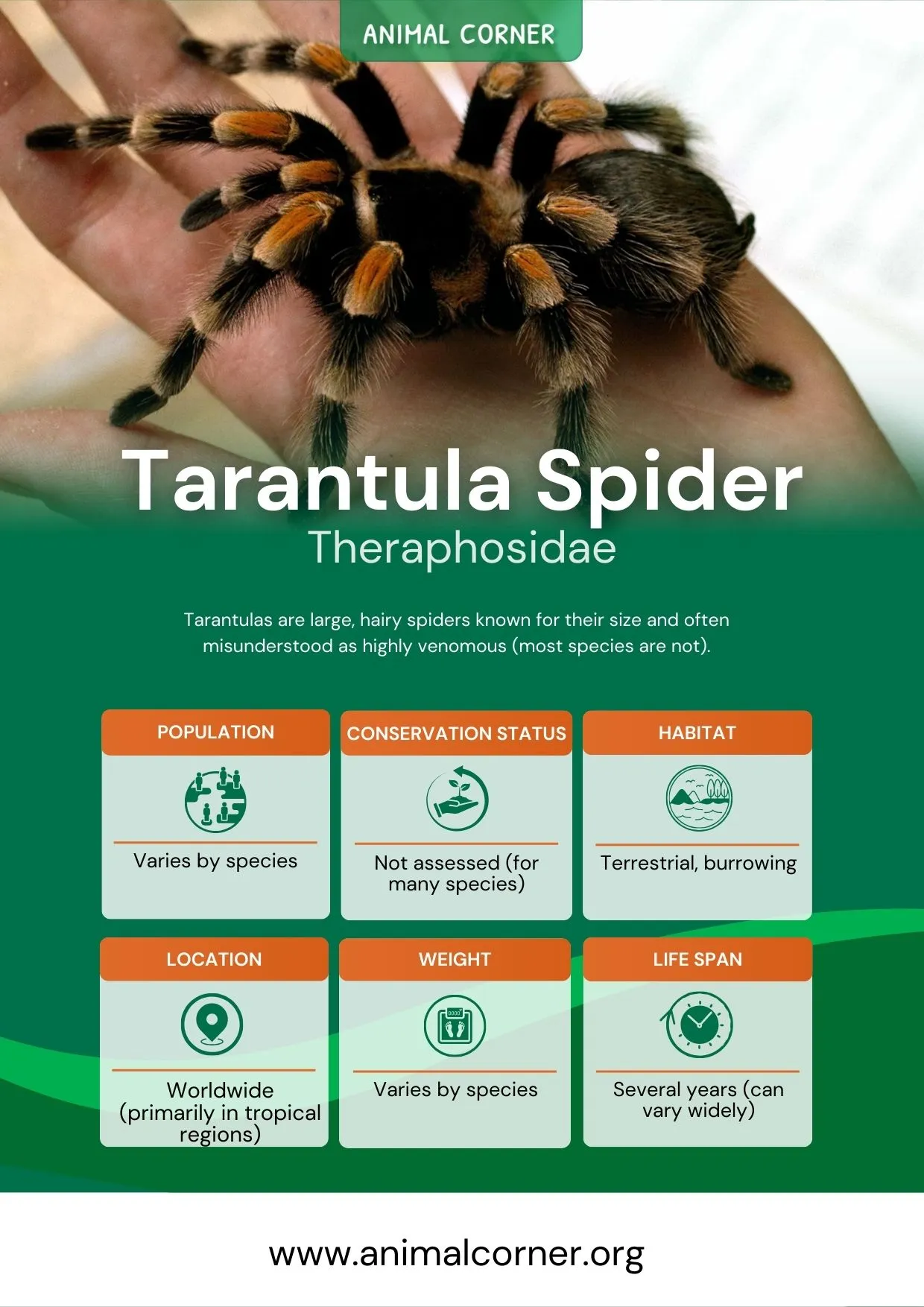
Gender plays a crucial role in a tarantula’s lifespan. In almost all species, females live significantly longer than males. This difference is primarily due to the male’s role in reproduction, which often results in a shorter lifespan. Males typically mature faster and die soon after mating.
Male Tarantulas
Male tarantulas have a much shorter lifespan compared to females. After reaching maturity, which can take several years, males typically live for only a few months to a year or two. Their primary focus becomes finding a mate, and after mating, they often die due to exhaustion or being killed by the female. The male’s entire life cycle is geared towards reproduction.
Female Tarantulas
Female tarantulas have a considerably longer lifespan, often living for 15-25 years or even longer, depending on the species and care they receive. The female’s body is not as drastically impacted by the mating process, allowing her to live much longer. Females can also molt multiple times throughout their lives, which is a crucial process for growth and maintaining their health.
Environmental Factors Affecting Lifespan
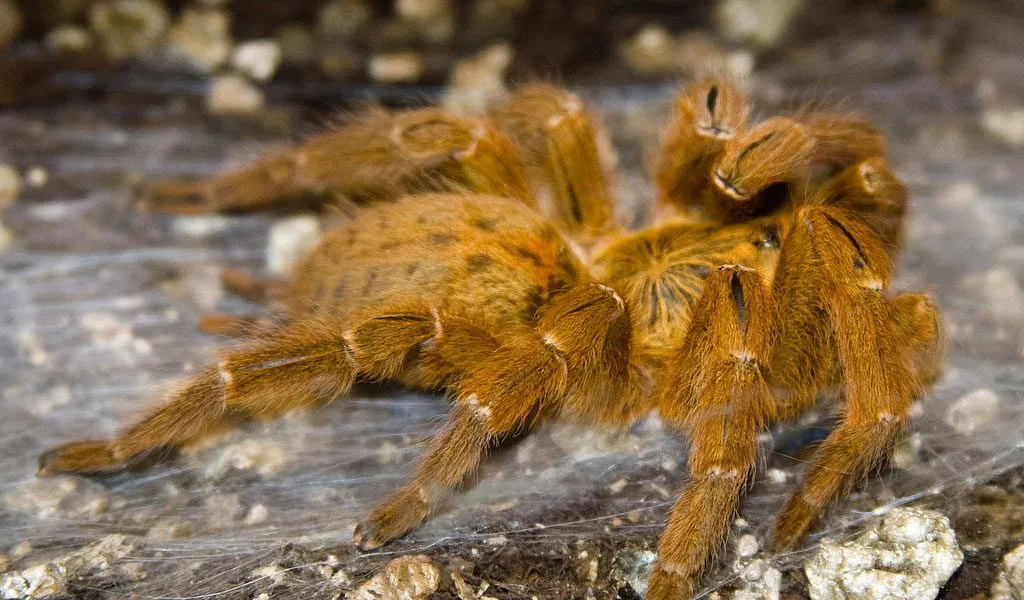
The environment in which a tarantula lives significantly impacts its lifespan. Proper temperature, humidity, diet, and enclosure setup are essential for a tarantula’s well-being and longevity. Any deviation from the ideal conditions can stress the tarantula, shorten its life.
Temperature and Humidity
Maintaining the correct temperature and humidity levels is crucial for a tarantula’s health. Most species thrive in a temperature range of 75-85°F (24-29°C) and a humidity level that mimics their natural habitat. Too high or too low temperatures can stress the tarantula, while inadequate humidity can cause molting problems. Monitoring and regulating these factors are essential for creating a comfortable and healthy environment.
Diet and Nutrition
A balanced diet is essential for a tarantula’s health and lifespan. They are primarily insectivores, with a diet consisting of crickets, mealworms, roaches, and other insects. Overfeeding can be as detrimental as underfeeding. The frequency of feeding depends on the tarantula’s age, species, and metabolism. Providing the correct size and type of prey ensures the tarantula receives the necessary nutrients to thrive. Fresh water should always be available.
Habitat and Enclosure
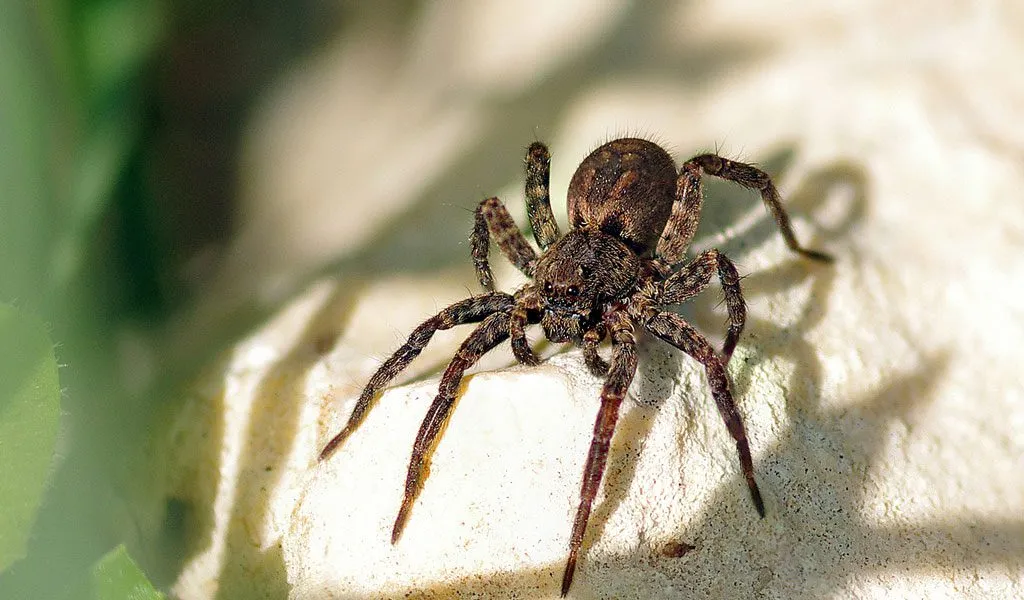
The enclosure must be appropriately sized and set up for the tarantula’s species and size. It should include substrate for burrowing or hiding, a water dish, and appropriate decor for enrichment. A cluttered or poorly maintained enclosure can stress the tarantula, increasing the risk of disease and shortening its lifespan. Regular cleaning and proper ventilation are essential for a healthy habitat. The enclosure should be escape-proof.
Health and Disease
Tarantulas, like any other animal, can suffer from health problems. Understanding the common health issues and implementing preventative measures are essential for maximizing their lifespan. Regular observation and proactive care can help identify and address any potential problems early on.
Common Health Issues
Common health issues include mites, fungal infections, and injuries from falls or prey. Mites can infest the tarantula and cause significant discomfort. Fungal infections can occur due to poor enclosure conditions or injury. Injuries can occur if the tarantula falls or is mishandled. Being aware of these issues and knowing how to address them is crucial for a tarantula’s well-being. Look for lethargy or refusal to eat.
Preventative Measures

Preventative measures include maintaining a clean enclosure, providing a balanced diet, and regularly checking for any signs of illness. Quarantine new tarantulas to prevent the introduction of diseases. Proper hygiene, such as washing hands before and after handling the tarantula, can prevent the spread of any potential pathogens. Ensure the enclosure is appropriately ventilated. Provide the correct temperature and humidity.
Maximizing Tarantula Lifespan
Providing the right care is essential to maximizing your tarantula’s lifespan. This includes appropriate husbandry practices, recognizing signs of aging, and being mindful of how you interact with your pet. The following sections provide guidance on how to achieve this.
Optimal Care and Husbandry
Optimal care includes everything from the enclosure setup to feeding and watering. Providing a clean, comfortable, and enriched environment is crucial for the tarantula’s well-being. Proper husbandry will promote a longer and healthier life.
Feeding and Watering
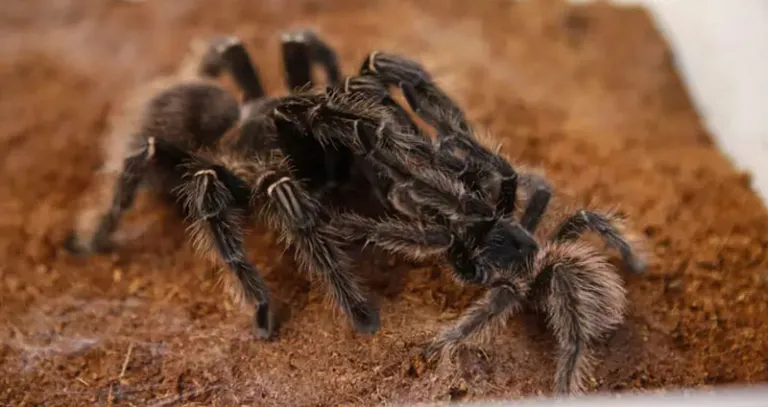
Feed your tarantula appropriately-sized insects based on its stage of life. Remove any uneaten prey after a day. Provide a shallow water dish with fresh water at all times. The frequency of feeding depends on the species and age of the tarantula; young tarantulas may need to be fed more often than adults.
Enclosure Setup and Maintenance
The enclosure setup should provide the tarantula with a comfortable environment. This includes appropriate substrate, hiding places, and decor. The enclosure must be well-ventilated and maintained at the correct temperature and humidity levels. Regular cleaning is vital to remove any waste products and prevent the buildup of harmful bacteria.
Handling and Interaction
Handling tarantulas should be minimized. While some species are more docile, tarantulas can be easily stressed and injured. Avoid excessive handling, and always approach with caution. If you choose to handle your tarantula, do so over a soft surface to prevent injury if it falls.
Recognizing Signs of Aging
As tarantulas age, they may exhibit certain signs. These can include slower movement, reduced appetite, and changes in molting frequency. If you notice these changes, consult with a veterinarian or experienced tarantula keeper. They can provide guidance on adjusting care to support the older tarantula. Providing proper care and understanding the aging process will ensure your tarantula lives a long, happy life.
In conclusion, understanding the tarantula spider lifespan involves recognizing the various factors that influence their longevity. Providing optimal care, including the right environment, diet, and health maintenance, can significantly increase the chances of your tarantula living a long and healthy life. Remember that, with proper care, these fascinating creatures can become long-term companions.
